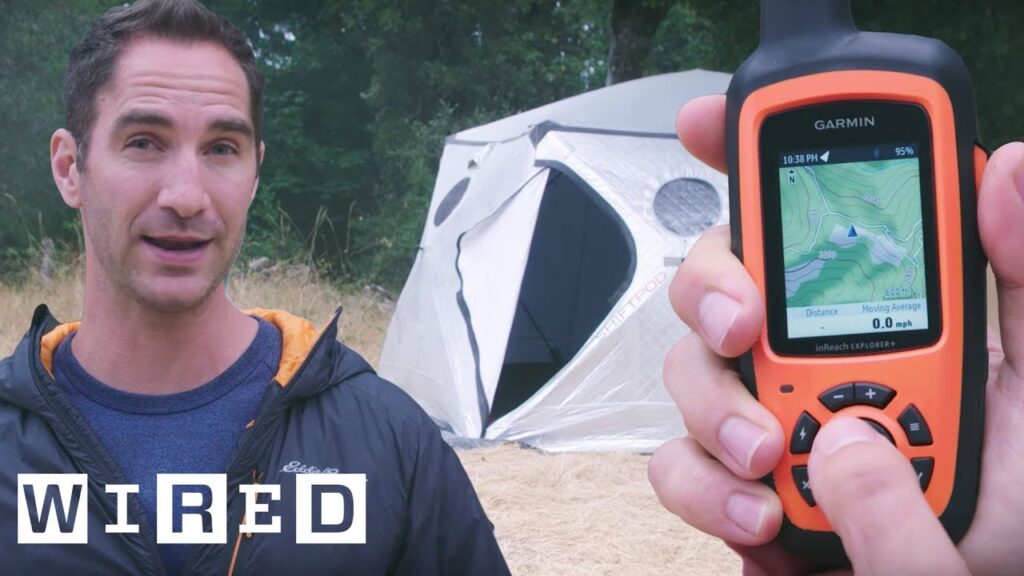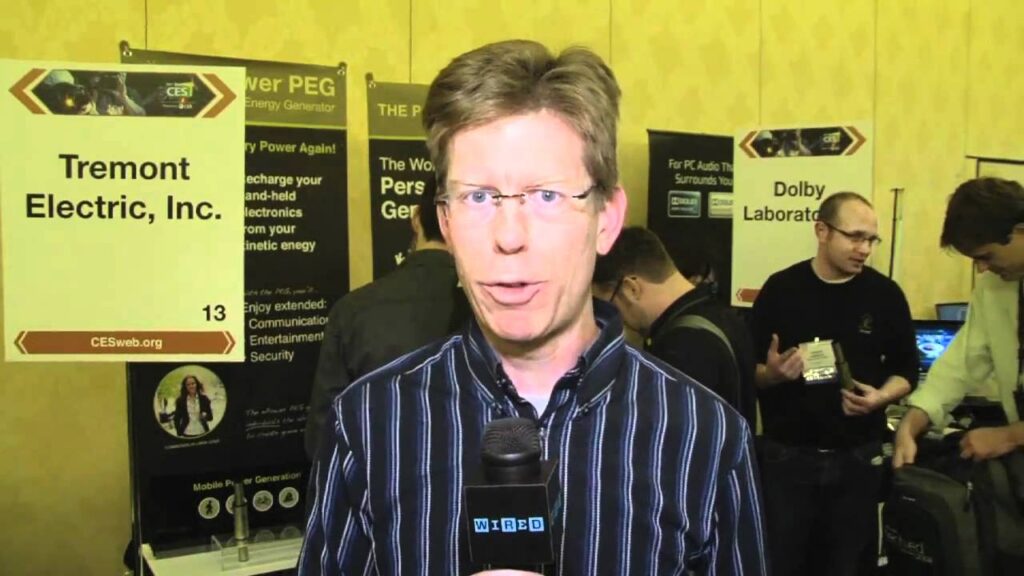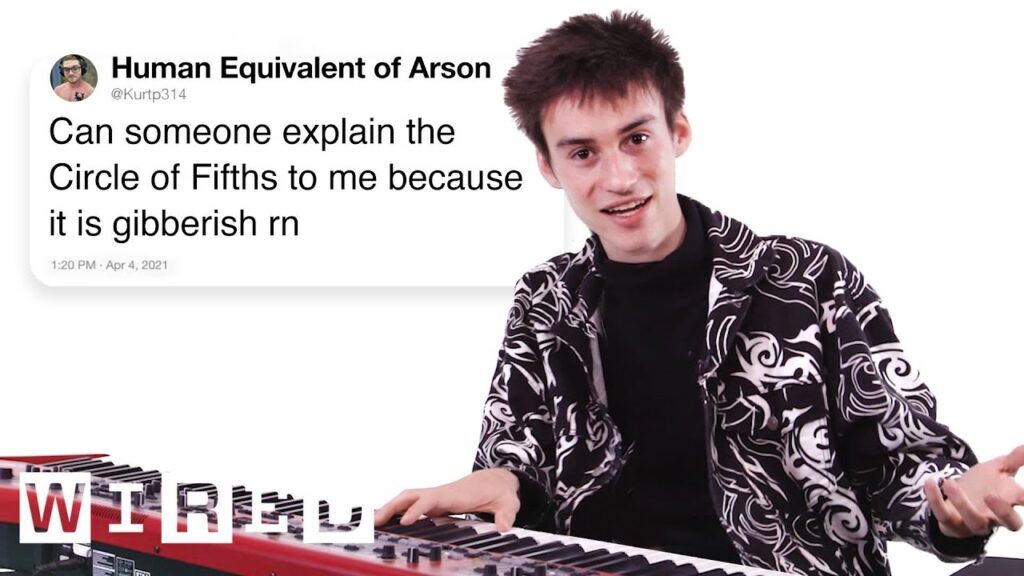Fire Tornadoes: The Dangerous Weather Phenomenon Born from Wildfires
Summary
In this article, we explore the phenomenon of fire tornadoes, which are tornadoes created by the heat and wind of a wildfire. We learn that fire tornadoes can reach up to 140 miles per hour and are caused by the intense heat generated by the fire, which creates an updraft of hot air that draws in air from the surrounding environment. We also discover that fire tornadoes have only been documented twice and are often confused with fire whirls. As the fire season gets longer and the fires get bigger, firefighters are facing more extreme fire behaviors, making it important to understand the potential for extreme fire behavior.
Table of Contents
- What are Fire Tornadoes?
- How are Fire Tornadoes Created?
- How are Fire Tornadoes Different from Fire Whirls?
- The Role of Houses in Fueling Fires
- Facing Extreme Fire Behaviors
What are Fire Tornadoes?
Fire tornadoes, also known as firenadoes, are tornadoes created by the heat and wind of a wildfire. These tornadoes can reach up to 140 miles per hour, equivalent to an EF3 tornado, and can lift cars off the ground and crumple large steel structures. Fire tornadoes are a rare phenomenon and have only been documented twice, once in California and once in Australia.
How are Fire Tornadoes Created?
Fire tornadoes are caused by the intense heat generated by the fire, which creates an updraft of hot air that draws in air from the surrounding environment. The presence of wind shear in the environment can create rotation, which can lead to a positive feedback cycle that strengthens the tornado. The column of hot air rising from the wildfire can actually trigger its own weather system, its own thunderstorm. The heat release inside of the cloud fuels an ordinary thunderstorm.
How are Fire Tornadoes Different from Fire Whirls?
Fire tornadoes and fire whirls both start with strong updrafts from the fire and strong inflows related to the fire itself. Fire tornadoes get even bigger because the fire is actually initiating its own weather system, helping to concentrate the rotation in the lower atmosphere. Fire whirls, on the other hand, are smaller and less intense.
The Role of Houses in Fueling Fires
In wind-driven fires like the Camp Fire, houses can add significantly to the fuel. Long-distance spotting is throwing embers in advance of the fire, which can actually go quite some distance in front of the fire. In the case of fires like the Camp Fire or other strong wind-driven fires, we have very strong ambient winds moving through the environment as well, and they just push the flames and push the embers in a sheet across the landscape.
Facing Extreme Fire Behaviors
As the fire season gets longer and the fires get bigger, firefighters are facing more extreme fire behaviors. They rely on their own experiences or those of their crew bosses to predict how the fire will behave, but with outlier events becoming more common, past experience may not be enough to fully understand the potential for extreme fire behavior. It is important for firefighters and communities to stay informed and prepared for the potential dangers of fire tornadoes and other extreme fire behaviors.
Conclusion
Fire tornadoes are a rare and dangerous weather phenomenon that can be created by the heat and wind of a wildfire. Understanding how these tornadoes are created and how they differ from fire whirls can help firefighters and communities stay informed and prepared for the potential dangers of extreme fire behaviors. As fires continue to grow in size and intensity, it is crucial to stay vigilant and take necessary precautions to protect ourselves and our communities.







